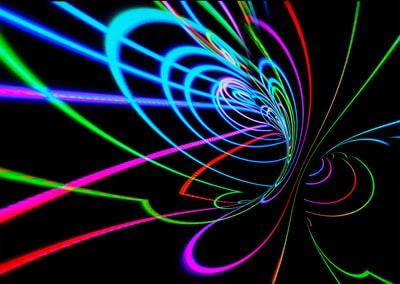
- A direct current (DC) is a current which flows in only one direction.
- An alternating current (AC) is continuously changing direction.
- Wires in electricity cables are made from copper wire (a good conductor) and surrounded by plastic (a good insulator).
- Plugs are made from three brass pins (a good conductor) and a plastic case (a good insulator)
- The blue wire is neutral, the brown wire is live, and the green and yellow striped wire is the earth.The purpose of the fuse is to protect both an appliance and the electrical circuit. When too much current is flowing through an appliance the fuse will break.
- Circuit breakers are also used to protect appliances and electrical circuits. If the current gets too high the circuit breaker switches to ‘off’ and breaks the flow of current.
The role of the earth wire is to form a save route for a current to flow through in case the live wire should move and touch the casing.
Appliances like vacuum cleaners consist of a plastic casing instead and other appliances use double insulation.- The period refers to the time it takes for one oscillation to complete.
The frequency refers to the number of oscillations that occur per second: - frequency = 1 / period
- Electrical appliances transfer energy but some transfer energy better than others.
- Power refers to how fast energy is transferred.
- P = E / t
- The power coming from an electrical appliance can be worked out by using the current flowing through it and the potential difference across it.
- P = I x V
- As the potential difference increases so does the amount of energy transferred for a particular electrical charge.
- E = V x Q
 The role of the earth wire is to form a save route for a current to flow through in case the live wire should move and touch the casing.
The role of the earth wire is to form a save route for a current to flow through in case the live wire should move and touch the casing.